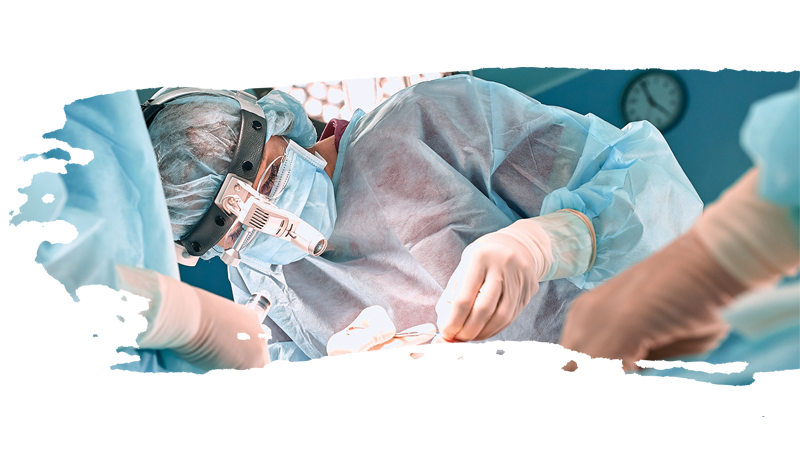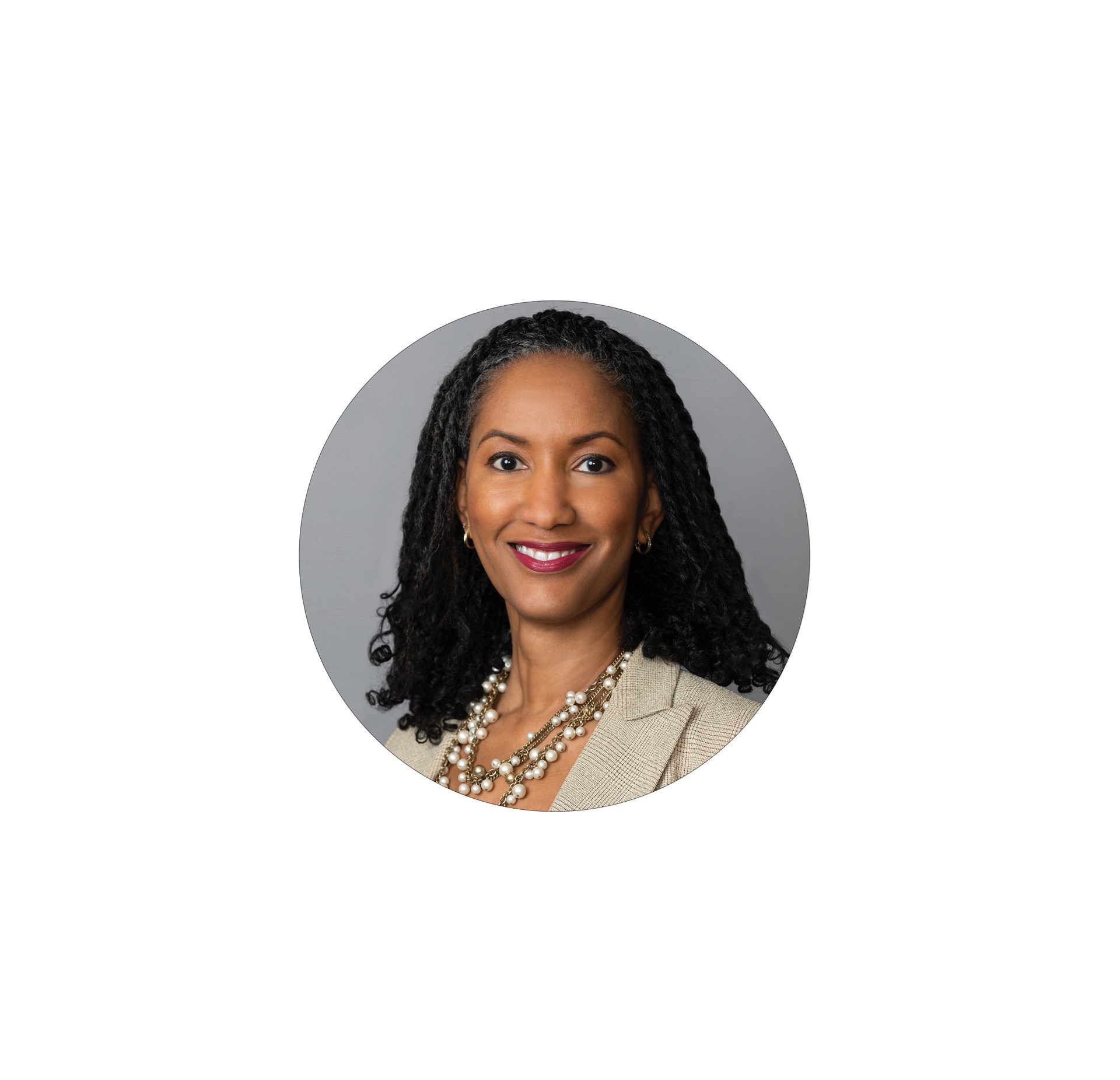You can contribute to the growing demand for data sharing, data integration, and quality improvement by participating in the Surgical Metrics Project at Clinical Congress 2022 in San Diego, CA.
First offered at Clinical Congress 2019, the Surgical Metrics Project gives attendees the opportunity to use wearable technology to digitize their surgical actions and decisions and then compare their approaches to those included in a database of master surgeons.
The Surgical Metrics Project is a collaboration between the ACS and the American Board of Surgery and will take place Monday, October 17, through Wednesday, October 19, in the Exhibit Hall of the San Diego Convention Center.
Under the leadership of Carla M. Pugh, MD, PhD, FACS, professor of surgery and director of the Technology Enabled Clinical Improvement Center (TECI) at Stanford University, CA, the 2022 Surgical Metrics Project will feature a newly developed, comparative performance process that will enable Clinical Congress attendees to easily visualize the risks of their step-by-step decisions during a laparoscopic hernia repair.
“The results from the 2019 meeting served as a critical building block for the comparative performance and risk-assessment process we will share with the 2022 participants,” Dr. Pugh said. “We discovered that mapping the technical decisions of experienced surgeons allows the creation of a risk-assessment map that provides great insight into the efficiency and potential risks of certain actions and decisions.” The 2019 results were presented at the recent American Surgical Association annual meeting and published in the Annals of Surgery.
How to Participate
Active practice and retired surgeons who have experience in performing minimally invasive hernia repairs are invited to take part. Ten operating room stations will be available during exhibit hours, so everyone who is interested should be able to participate in the 30-minute exercise. No appointment is necessary.
Based on results from a TECI Center pilot completed in July, most surgeons will be able to complete the entire exercise in less than 30 minutes, Dr. Pugh said.
The simulated patient will have a realistic abdominal wall and hernia that can be repaired laparoscopically. Each station will have a surgical assistant and all the tools and equipment necessary to completing the procedure.
Each participant will be equipped with magnetic motion tracking technology that is small enough to fit under surgical gloves without hindering movement. Motion tracking data will be synchronized with external and laparoscopic video, as well as audio data. Video capture will offer a moment-to-moment account of each step and decision that a surgeon makes while operating, while the magnetic motion tracking technology will measure time and flow efficiency.
Dr. Pugh said the motion data can give participants an efficient, accurate summary of their operative decisions and preferences compared to a mastery database. The results also allow measurement of common factors that may be second nature to surgeons but can have a significant impact on efficiency and efficacy.
“This year, we will be able to deliver a snapshot report card to participants immediately after they complete the procedure,” Dr. Pugh said. “It will show how their results compare with other surgeons, including the quality of their hernia repair.”
Surgical Metrics: The Foundation of Surgical Mastery
After Clinical Congress, Dr. Pugh and her colleagues will perform a large-scale, deep dive into the data and draw some conclusions that can be used for feedback, quality improvement, operative efficiency, and patient safety. The purpose is to generate an ongoing conversation about the steps surgeons can take to share tips and tricks, develop evidence-based approaches, and improve outcomes. The larger the pool of participants from different institutions and with different levels of mastery, the more useful the findings will be.
The digital database will be used to answer a variety of questions, including:
- What decisions do surgeons make when faced with a surgical task?
- How do their decisions and technical approaches affect outcomes/hernia repair quality?
- Can this database serve as a benchmarking resource for trainees?
- Is there an expert strategy or evidence-based approach that can be discovered in the data and shared with participants?
- Can this database serve as a platform to discuss the possibility of longitudinal, personal assessment where participants track their own performance throughout their career?
If you haven’t registered yet for Clinical Congress, there’s still time. Go to facs.org/clincon2022.
Dr. Pugh also will deliver the I. S. Ravdin Lecture in Basic and Surgical Sciences on Monday, October 17, during Clinical Congress. She will speak on Wearable Technology and the Quantified Surgeon: The Forefront of Precision Surgery.











